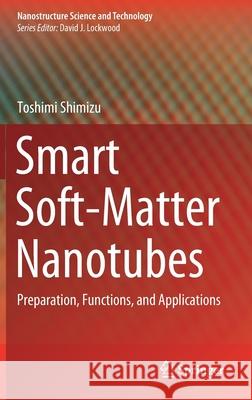Smart Soft-Matter Nanotubes: Preparation, Functions, and Applications » książka
topmenu
Smart Soft-Matter Nanotubes: Preparation, Functions, and Applications
ISBN-13: 9789811626845 / Angielski / Twarda / 2021 / 363 str.
Kategorie:
Kategorie BISAC:
Wydawca:
Springer
Seria wydawnicza:
Język:
Angielski
ISBN-13:
9789811626845
Rok wydania:
2021
Wydanie:
2021
Numer serii:
000264108
Ilość stron:
363
Waga:
0.71 kg
Wymiary:
23.39 x 15.6 x 2.24
Oprawa:
Twarda
Wolumenów:
01
Dodatkowe informacje:
Wydanie ilustrowane











